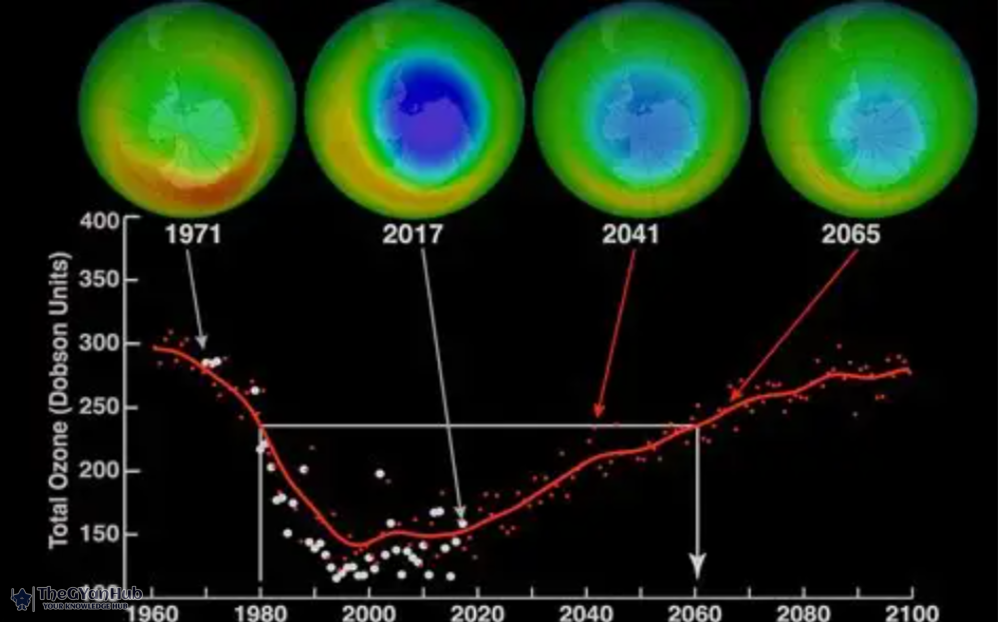I’m a passionate writer who loves exploring ideas, sharing stories, and connecting with readers through meaningful content.I’m dedicated to sharing insights and stories that make readers think, feel, and discover something new.
The Ozone Layer: A Vital Shield
The ozone layer, a crucial component of Earth's atmosphere, acts as a protective shield against the sun's harmful ultraviolet radiation. This layer, located in the stratosphere, absorbs and scatters the solar ultraviolet radiation, preventing it from reaching the planet's surface. Its significance cannot be overstated, as it plays a vital role in preserving life on Earth by reducing the risk of skin cancer, cataracts, and other UV-induced health issues.
Current Status and Future Projections
According to a recent report by the World Meteorological Organization (WMO), the ozone layer is on track to return to its 1980s levels by the middle of this century. This optimistic projection is based on the continued global efforts to phase out ozone-depleting substances, primarily chlorofluorocarbons (CFCs), under the Montreal Protocol. The 2024 Antarctic ozone hole is also reported to be smaller than in recent years, indicating positive progress.
The Montreal Protocol, signed in 1987, is a landmark international treaty designed to protect the ozone layer by phasing out the production and consumption of ozone-depleting substances. Its success is evident in the gradual recovery of the ozone layer, showcasing the power of global cooperation in addressing environmental challenges.
Impact of the Montreal Protocol
The Montreal Protocol is hailed as one of the most successful environmental agreements in history. By significantly reducing the use of CFCs and other harmful chemicals, it has not only helped in the recovery of the ozone layer but also contributed to the mitigation of climate change. CFCs are potent greenhouse gases, and their reduction has had a positive impact on global warming.
Reduction in skin cancer cases
Decrease in cataract incidences
Improved ecosystem health
Challenges and Continued Efforts
Despite the positive outlook, challenges remain in ensuring the complete recovery of the ozone layer. Illegal production and use of banned substances, particularly in some developing countries, pose a threat to the progress made so far. Continuous monitoring and enforcement of the Montreal Protocol are essential to prevent setbacks.
Moreover, the emergence of new chemicals and industrial processes requires vigilance to ensure they do not harm the ozone layer. The global community must remain committed to research and innovation to find sustainable alternatives to harmful substances.
Looking Ahead
The anticipated recovery of the ozone layer to its 1980s levels by mid-century is a testament to the effectiveness of international collaboration and policy-making. It serves as a model for addressing other environmental issues, such as climate change and biodiversity loss. The success of the Montreal Protocol provides hope and a blueprint for future global initiatives aimed at preserving our planet for future generations.
Further Reading
Related articles in this category
ozone layerMontreal ProtocolWMO reportenvironmental recoveryglobal cooperationCFC reductionclimate changeatmospheric scienceUV radiation protectioninternational treaty









